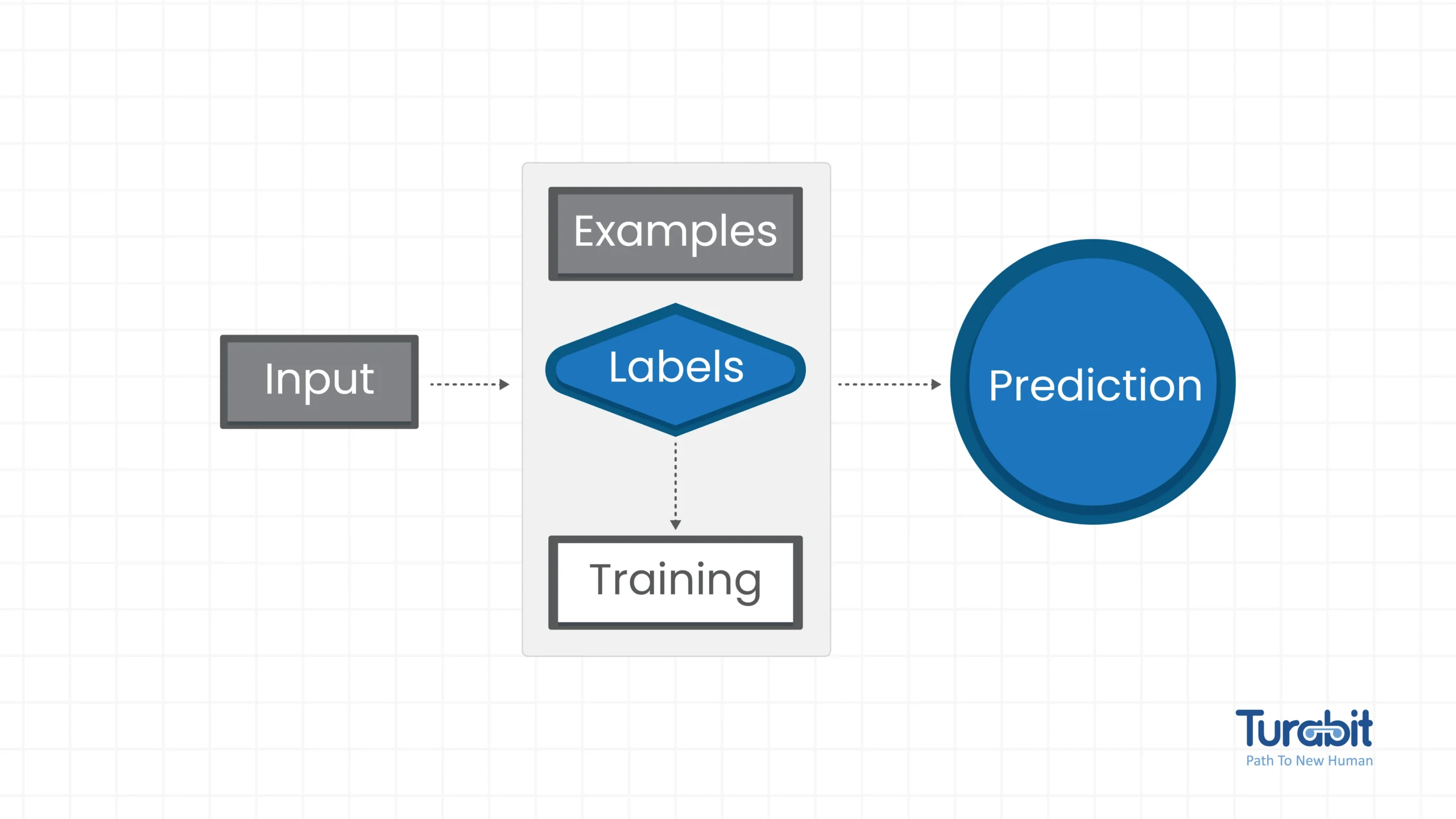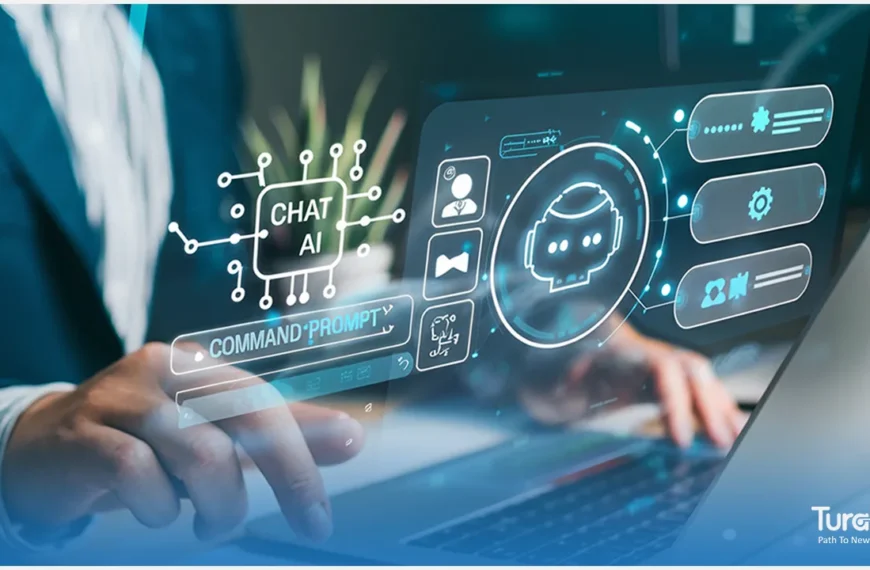How Conversational AI is Shaping the Future of Enterprise Operations?
Employee expectations from IT service management (ITSM) solutions have shifted, thanks to consumer-grade technology experiences. Today, users expect instant access to services on their preferred devices and channels, with personalized interactions, all without needing to speak to an agent.
To meet these demands, leading enterprises are adopting ITSM+ powered by conversational AI. This approach streamlines workflows, automates routine tasks, and accelerates issue resolution. The result? Improved productivity, optimized resources, cost savings, and higher customer satisfaction.
“Where do I begin with conversational AI?” is a question that’s on the minds of many enterprises today. The good news is that embracing ITSM and conversational AI doesn’t have to be daunting.
In this whitepaper, we’ll address some of the most common but misleading misconceptions about conversational AI solutions. These myths often hold organizations back from realizing the full potential of automation. The key is understanding that it’s not about overhauling everything at once, but rather taking gradual steps toward smarter, more efficient workflows.
Hope you found this preview Insightful and engaging.
To download the full copy of this whitepaper, please submit the form below
When implementing conversational AI, do you need to spend time integrating and cleaning data?
In the past, AI came with two major roadblocks for enterprises: the need for massive datasets, think hundreds of gigabytes and ridiculously long training times, often stretching from hours to days just to fine-tune models for specific service desk tasks.
Sadly, many conversational AI solutions still cling to these old-school demands. But here’s where the game changes. Advanced conversational AI solutions have turned this problem on its head by utilizing the latest in transfer-learning AI technologies.
The result? Training times slashed to mere minutes, with minimal data needed from the enterprise. How? By splitting the training process into two phases:
1) Feature Training, which is data-heavy and time-intensive, and
2) Classifier Training, which is light on data and super-fast in execution.
Now, that’s efficiency.

The process starts by applying pre-existing public data to create a foundation that is then customized to the specific needs of the enterprise’s service desk tasks. This initial phase builds a strong base, while the second phase focuses on fine-tuning the model to the enterprise’s unique requirements.
Advanced conversational AI doesn’t just sit on its own; it integrates seamlessly with existing systems like the enterprise’s ticketing platform and knowledge repositories, most solutions already come with hundreds of integrations right out of the box. By tapping into historical service desk data and knowledge base articles, the AI can quickly recognize patterns in resolutions, workarounds, and best practices, transforming them into actionable insights.
In fact, within just a few months of using historical tickets and a handful of knowledge articles, this technology has been proven to reduce inbound ticket volumes by up to 50% and cut down
Mean-Time-To-Resolution from days to less than a minute.
The efficiency gains are undeniable.
Is it necessary to invest large amounts of resources and manpower from the beginning?
For many enterprises, the question isn’t whether to adopt new technologies, but how?, especially when concerns about hefty upfront investments in infrastructure and personnel loom large.
Enter cloud computing, the game-changer that has redefined technology adoption. With its elastic scaling capabilities, the cloud ensures that resources are provisioned dynamically, ramping up during traffic spikes and scaling down during quieter periods, keeping both performance and costs optimized.
When it comes to conversational AI, this technology arrives as a
Software-as-a-Service (SaaS) offering. Translation? Zero infrastructure headaches, quick deployment, and seamless customization tailored to an enterprise’s unique needs.
Its cloud-native elasticity ensures that computing resources scale dynamically, adapting instantly to fluctuating IT service desk demands.
From a resource management perspective, SaaS solutions are refreshingly light. Most enterprises find they need, at most, one dedicated team member or even just half a resource, to oversee the solution.
That’s all for preview, Download Full Copy of this Whitepaper
Related Resources




